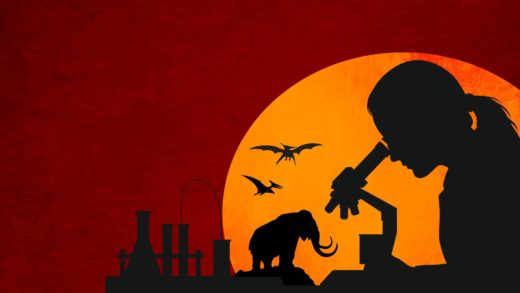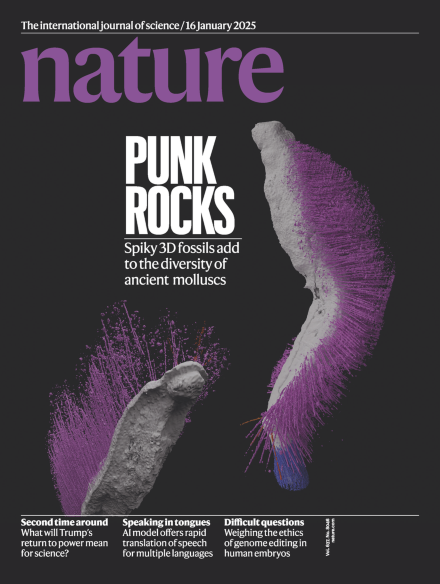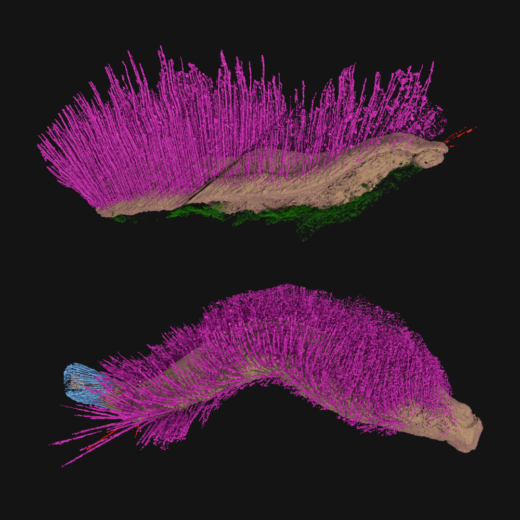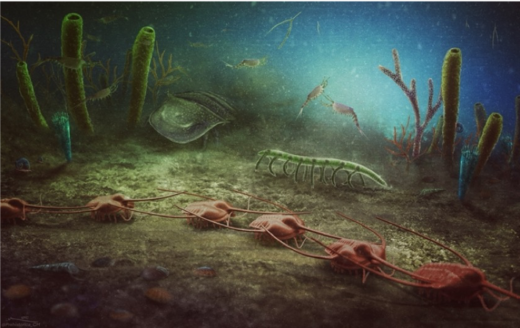Featured in TV Documentary on de-extinction
After a SOLEIL synchrotron video highlighted my amber fossilization experiment at the PUMA beamline in early June 2022—coinciding with the release of the third Jurassic World film—my research was again showcased, this time in the introduction of a French TV documentary broadcast […]









